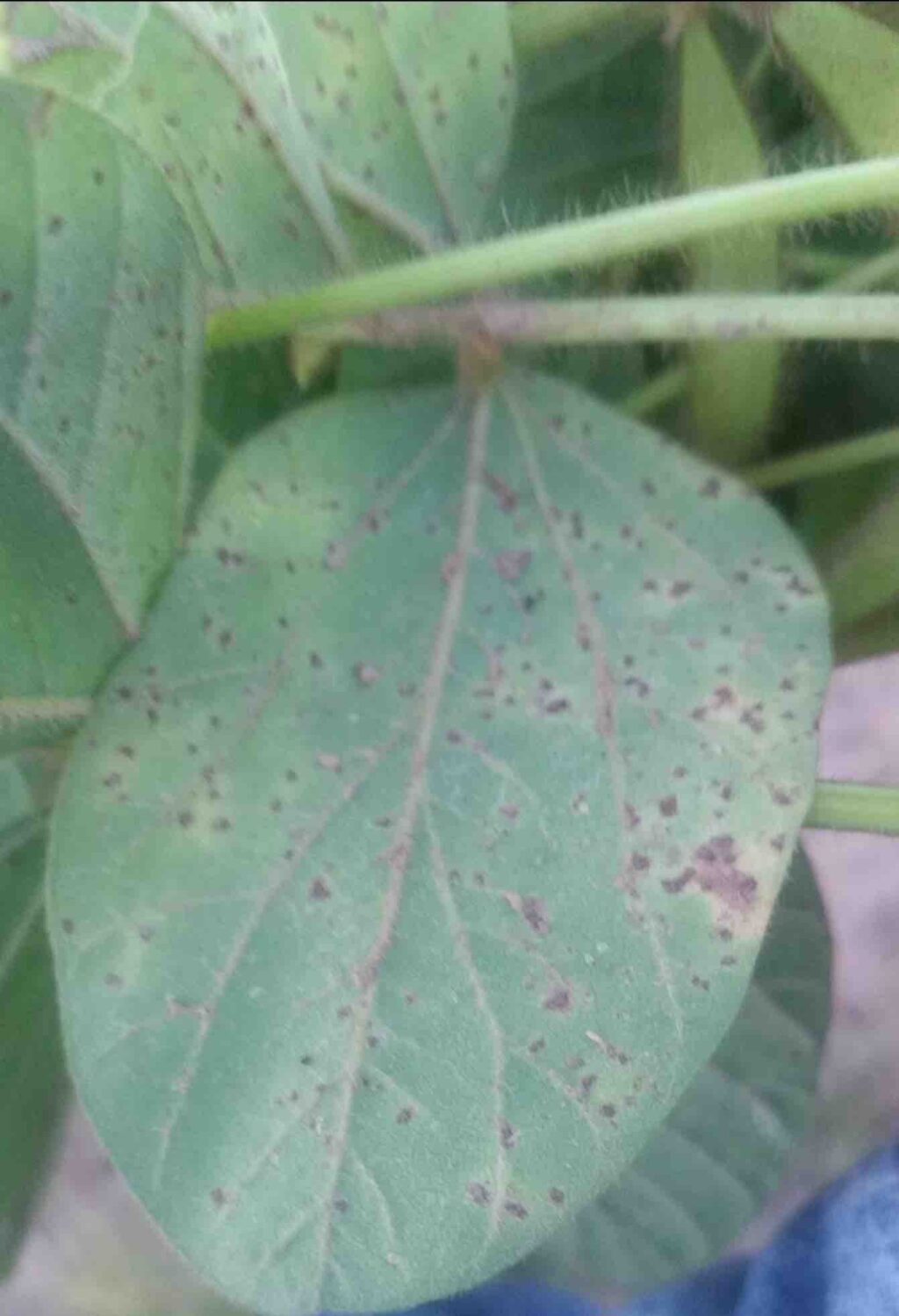Rouille
Bean, soy, pea, lemongrass, ornamental trees, shrubs and small plants, maple, wheat, barley, and oregano
Rust fungi, as the name implies, creates symptoms that are yellow to orange-brown or rust colored on the top side of infected leaves. Many species of rust fungi exist; each one favors a particular range of weather conditions and hosts, but most fungi need a layer of standing water on leaf surfaces in order to cause an infection.
Rust fungi only live on and infect living tissues. The symptoms are more likely to appear on leaves, petioles, tender shoots, and stem.
Rust fungi have easily wind-dispersed spores that put them among the most mobile plant pathogens around the world.
Calendrier: Il est plus facile et plus rentable de surmonter les infestations au cours des premières étapes. Surveillez régulièrement le champ et recherchez les signes ci-dessus.
Diverses techniques peuvent être prises pendant la croissance des cultures pour réduire les risques d’infection et de propagation.:
* Conservez un espace adéquat : évitez les plantations trop denses afin de permettre à la lumière de pénétrer. Cela permet aux feuilles et aux fruits de sécher rapidement les jours humides.
* Assainissement Les débris végétaux doivent être enlevés pendant la culture. Désinfectez l’équipement qui entre en contact avec des plantes infectées. Ne laissez pas du matériel ou des travailleurs traverser le champ lorsque le feuillage est humide.
* Air Circulation : Dans les structures fermées, favoriser l’assèchement du feuillage et réduire la durée des périodes de mouillage en introduisant une zone ventilée avec des rideaux en filet.
* Drainage du sol : La présence d’eau stagnante favorisera la maladie.
* D’autres techniques de réduction de l’humidité comprennent le revêtement du sol avec des feuilles de polyéthylène afin de réduire l’évaporation du sol.
propiconazole, myclobotanil, et tebuconzole.
huile de neem et huile minérale.
*Names marked in red are considered to be highly poisonous to beneficial insects.
*Names marked in green are considered to be organic and IPM (integrated pest management) compatible.
Image Gallery
